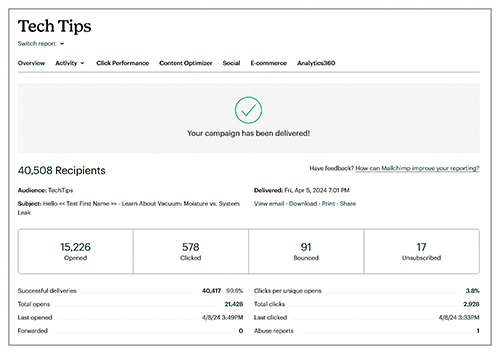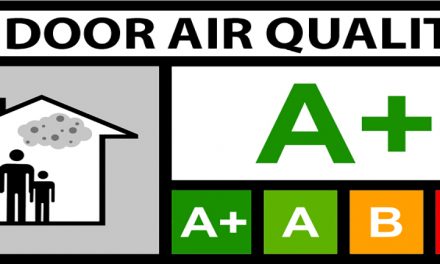For that reason, it’s a lot easier to have software that tracks and compiles this information into reports; Buffer and Hootsuite are examples of social media management software that can provide analytics reports.
Such software shows things like engagement statistics, but they can also show you the best days and times to post social media content, as well as how often you should post, based on historical data.
When you have all the data in front of you, you can see which post times are most likely to result in the broadest reach and which post topics or formats get more engagement than others. With the numbers—and the insights—at your disposal, you can develop your marketing strategy.

We use this to automate certain campaigns, to announce upcoming events,
and to track the subsequent data.
Marketing Analytics for Company Websites
The same principles apply to websites. You can use software like Google Analytics [GA4] or a plugin from your website host (like WordPress).
We use WordPress for HVAC School and receive data about how people interact with the website via their JetPack plugin.
This feature is basic by comparison to Google Analytics [GA4], but it allows us to see how people use our site, what pages they’re viewing, and how they found the site (e.g., from search engines like Google or links on other websites), among other things.
This information can tell you what people want to see on your site and what they typed into a search engine (like Google) to find your site. Both things are great pieces of data to help generate sales leads down the line. The data can help you identify potential customer pain points that you can help alleviate with your services.
For example, prospective customers will likely search for “HVAC contractor near me” or “AC repair near me.” However, some prospective customers actively seek home solutions and might use more specific queries, like “duct renovation near me.” If your business provides the services the customers are searching for, you can use this data to shape your messaging by ensuring your web content contains the keywords customers search for.
Google Analytics [GA4] also allows you to configure your reports to collect data from specific locations. You can use this to your advantage by collecting data only from your service area. If you’re a contractor in Seattle, the web activity of a user in Miami isn’t going to generate sales leads. You can filter their data out and analyze the data that will help you generate sales leads.
Data Analytics for Newsletters and Email Marketing Campaigns
You can manage newsletters and email campaigns in bulk with software like Mailchimp or Hubspot. We use Mailchimp at HVAC School to automate tech tip notifications and send emails for specific events (like upcoming webinars and the HVACR Training Symposium).
Click Below for the Next Page;













Recent Comments